OPÇÃO POR ENDIVIDAMENTO NA ESTRUTURA DE CAPITAL: EVIDÊNCIAS EM FIRMAS BRASILEIRAS
DOI:
https://doi.org/10.19094/contextus.v12i1.32174Palavras-chave:
Estrutura de capital. Custos de assimetria informacional. Endividamento. Déficit financeiro. Dados em painel.Resumo
Investigou-se se empresas listadas no mercado de capitais do Brasil, em amostra de 476 empresas noperíodo de 2000 a 2012, financiam através de endividamento seus déficits financeiros. Inova-se naestimação do déficit financeiro a partir dos modelos desenvolvidos por Shyam-Sunder e Myers (1999)e Frank e Goyal (2003). A relação déficit financeiro e variação do endividamento foi testada por meiode estimação utilizando dados em painel com hipótese que propugna a preponderância,estatisticamente significante, de financiamento do déficit financeiro por endividamento. Os resultadosapontaram a rejeição da hipótese, de vez que os coeficientes situaram-se em torno de 26%, indicandoque, em média, apenas esta parcela do déficit financeiro é financiada por dívida; já controladasmudanças temporais e setoriais. Infere-se que a seleção da estrutura de capital pelos gestores dasempresas da amostra não é feita preferencialmente como indicado pela teoria de minimização decustos de assimetria informacional.Downloads
Downloads
Publicado
Como Citar
Edição
Seção
Licença
Os autores, no ato da submissão, aceitam a declaração abaixo:
Nós autores mantemos sobre nosso artigo publicado os direitos autorais e concedemos à revista Contextus o direito de primeira publicação, com uma licença Creative Commons na modalidade Atribuição – Não Comercial 4.0 Internacional, a qual permite o compartilhamento com reconhecimento da autoria e da publicação inicial nesta revista.
Temos ciência de estarmos autorizados a assumir contratos adicionais separadamente, para distribuição não exclusiva da versão do trabalho publicada nesta revista (ex.: publicar em repositório institucional ou como capítulo de livro), também com reconhecimento tanto da autoria, quanto da publicação inicial neste periódico.
Atestamos que o artigo é original ou inédito, não foi publicado, até esta data, em nenhum periódico brasileiro ou estrangeiro, quer em português, quer em versão em outra língua, nem está encaminhado para publicação simultânea em outras revistas.
Sabemos que o plágio não é tolerado pela revista Contextus e asseguramos que o artigo apresenta as fontes de trechos de obras citadas, incluindo os de qualquer trabalho prévio produzido e publicado pelos próprios autores.


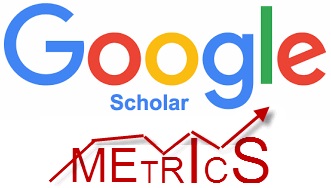






3.png)


1.jpg)


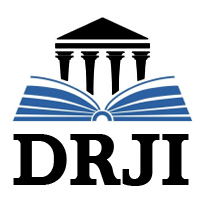
1.jpg)


1.jpg)





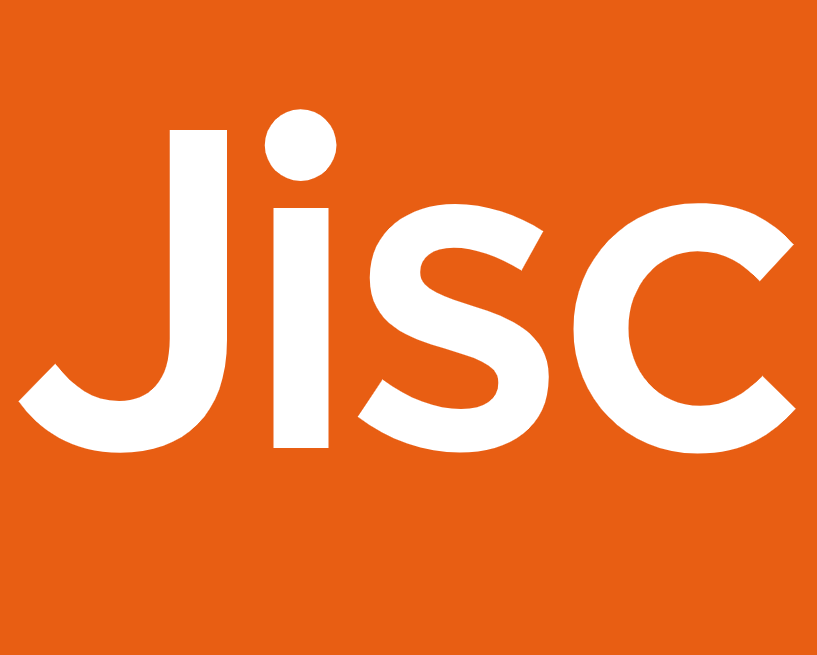
.jpg)

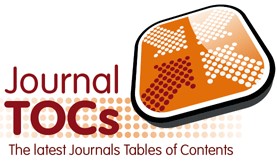

1.jpg)

1.jpg)


1.jpg)

1.jpg)
1.jpg)
2.png)




1.jpg)
2.jpg)

1.jpg)


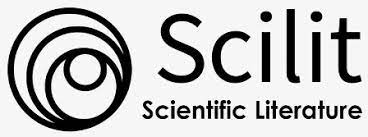

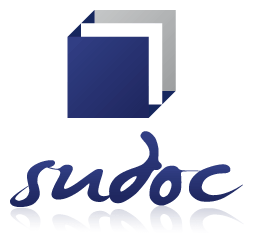
1.jpg)


1.jpg)
1.jpg)
